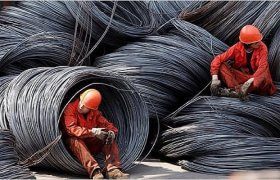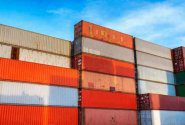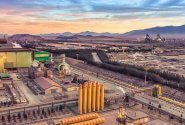China is determined to meet the challenge of reduce environmental pollution through its carbon trading scheme. One of the biggest problems of China is the high volume of pollution and pollutants that have been stored in this country in recent years. The biggest risk to China is the environmental risk. For this reason, the country’s politicians have taken the path of pollution control seriously. China’s steelmakers are preparing to join the country’s national carbon trading market by measuring their emissions in order to keep their share of carbon-producing quotas to a minimum. In the following, we will discuss the details of this issue. Please be with Artan Press.
*** Details of China’s plan to reduce environmental pollution
The China Iron and Steel Association has ordered its member factories to submit details of their carbon production and emissions by August 14 to study each plant’s quota. This is the first serious step by the Chinese government to control carbon emissions in the country. The steel sector is one of the next major industry groups to join the carbon trading program, following the pioneers of the coal-based electricity industry, along with construction and petrochemicals. In fact, the mentioned industries are the most important industries in the production of pollution in China.
*** Costs set to strengthen reduce environmental pollution
The Chinese government has set aside costs for the production of pollutants, especially carbon and its derivatives, which will be deducted from the manufacturers’ trading accounts. The last trading price for carbon on the Shanghai Commodity and Energy Exchange was 40.70 yuan ($ 6) per ton on August 2, up 0.70 yuan per ton from 40 yuan per ton on July 30. The government has said the increase will be used to cover deforestation and flooding. Chi’s biggest environmental problem is the severe decline of dense forests and the lack of adequate infrastructure to deal with floods caused by monsoon rains.
*** Behavior of Chinese Manufacturers Towards a Carbon Trade Plan
Blast furnace steel plants typically produce two tons of carbon per tonne of crude steel. So a steel mill would pay an extra 80 yuan per tonne of crude steel if it wanted to produce more than the allowable quota. A Chinese steel and energy analyst said that with carbon trading, factories would stop rapidly expanding production. With demand in the iron and steel market easing somewhat, now is the best time to put this plan into action. But other market participants think that factories want to incur additional costs when profits are high enough.
It seems that the market, despite the decline in demand, still has the necessary value for business, and despite these fines and production costs, producers still do not take into account the environmental basis in their profit and loss calculations. If China wants factories to reduce steel production and carbon emissions in reality, government regulation is needed in addition to the carbon trade.
این مطلب بدون برچسب می باشد.












ثبت دیدگاه